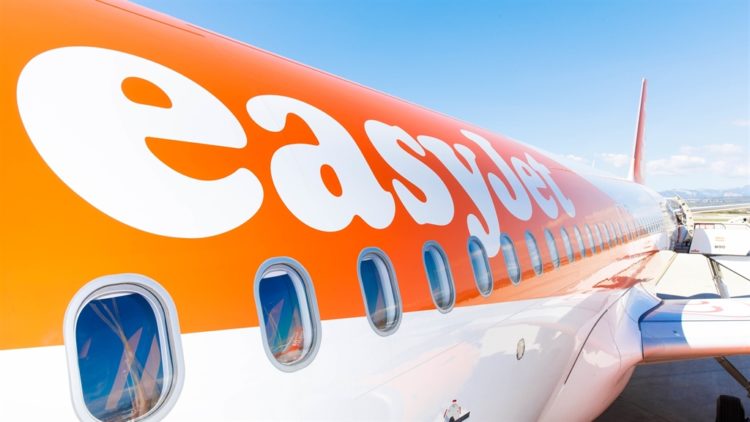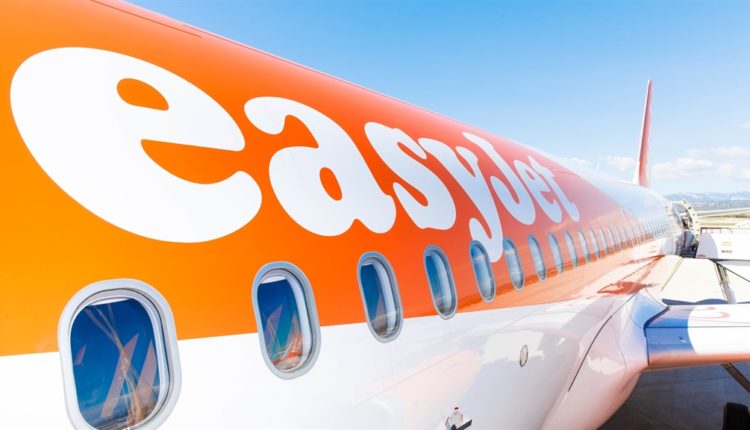Flying 32 routes out of Liverpool Airport, easyJet traditionally makes a loss in the half of its financial year but a number of factors have pushed the figure higher than usual. Tony McDonough reports

Higher fuel costs and falling customer demand pushed headline half-year losses at budget airline easyJet to £275m, despite an overall rise in revenues and passenger numbers.
The carrier, which operates 32 routes out of Liverpool John Lennon Airport, traditionally makes a loss in the half year to March 31 which includes the off-peak winter season. However, the loss for the six months to March 31, 2018, was just £18m.
Revenues at easyJet were up 7.3% to £2.34bn with an extra 5.8m seats added and passenger numbers up 13.3% to 41.6m. However, revenue per seat was down 6.3% to £50.71, or £50.12 when factoring out currency changes.
Drone crisis
The £275m headline losses were in line with expectations with the company blaming rising fuel costs and uncertainty among consumers around Brexit. It also took a £15m hit from the Gatwick drone crisis at Christmas as well as Easter this year falling outside the reporting period.
Video: Liverpool Airport boss talks about big expansion plans
It warned of continuing Brexit uncertainty for the summer season as well as what it believes is a “wider macroeconomic slowdown in Europe”. However, it still expects full-year profits to be in line with previous forecasts.
Tougher trading
Johan Lundgren, easyJet chief executive said: “I am pleased that despite tougher trading conditions, we flew more than 41m customers, up 13% on last year, performed well operationally with 54% fewer cancellations in the period and customer satisfaction with our crew is at an all-time high.
“Cost control remains a major priority for easyJet. Our focus is on efficiency and on innovation through data and we are on track to deliver more than £100m in cost savings during 2019.
“We are well-equipped to succeed in this more difficult market through a number of short term customer and trading initiatives for the summer; measures to improve our operational resilience… all this is underpinned by a market-leading balance sheet.”
Standby aircraft
Mr Lundgren added: “We have invested in the operation by doubling our standby aircraft and changed our schedules so that even though the external operating environment over the summer is not set to improve, we plan to alleviate the impact on our customers.
“We have rolled out Auto Bag Drop to 17 airports, which combined fly over 34m of our customers. In total we are now the number one airline at 27 airports across the network, up from 18 two years ago.”

